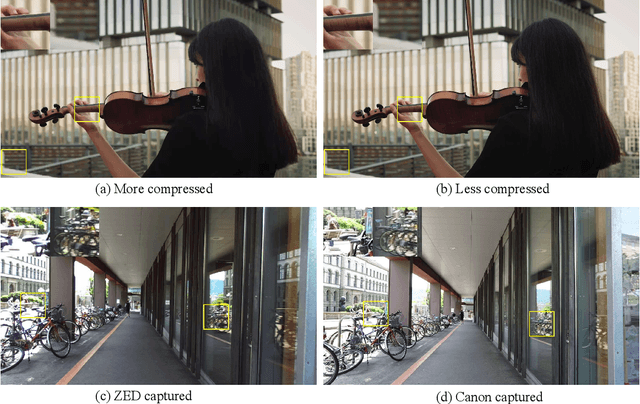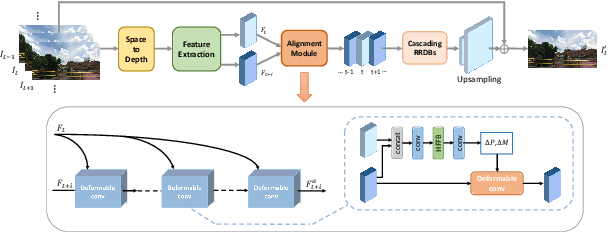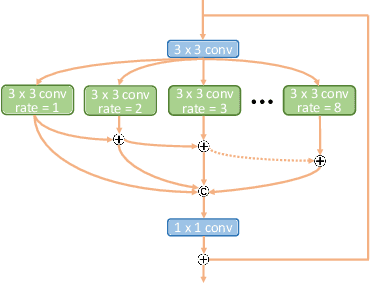Dewei Su
NTIRE 2020 Challenge on Video Quality Mapping: Methods and Results
May 06, 2020



Abstract:This paper reviews the NTIRE 2020 challenge on video quality mapping (VQM), which addresses the issues of quality mapping from source video domain to target video domain. The challenge includes both a supervised track (track 1) and a weakly-supervised track (track 2) for two benchmark datasets. In particular, track 1 offers a new Internet video benchmark, requiring algorithms to learn the map from more compressed videos to less compressed videos in a supervised training manner. In track 2, algorithms are required to learn the quality mapping from one device to another when their quality varies substantially and weakly-aligned video pairs are available. For track 1, in total 7 teams competed in the final test phase, demonstrating novel and effective solutions to the problem. For track 2, some existing methods are evaluated, showing promising solutions to the weakly-supervised video quality mapping problem.
Deformable Non-local Network For Video Super-Resolution
Sep 24, 2019



Abstract:The video super-resolution (VSR) task aims to restore a high-resolution video frame by using its corresponding low-resolution frame and multiple neighboring frames. At present, many deep learning-based VSR methods rely on optical flow to perform frame alignment. The final recovery results will be greatly affected by the accuracy of optical flow. However, optical flow estimation cannot be completely accurate, and there are always some errors. In this paper, we propose a novel deformable non-local network (DNLN) which is non-flow-based. Specifically, we apply the improved deformable convolution in our alignment module to achieve adaptive frame alignment at the feature level. Furthermore, we utilize a non-local module to capture the global correlation between the reference frame and aligned neighboring frame, and simultaneously enhance desired fine details in the aligned frame. To reconstruct the final high-quality HR video frames, we use residual in residual dense blocks to take full advantage of the hierarchical features. Experimental results on several datasets demonstrate that the proposed DNLN can achieve state of the art performance on video super-resolution task.
 Add to Chrome
Add to Chrome Add to Firefox
Add to Firefox Add to Edge
Add to Edge